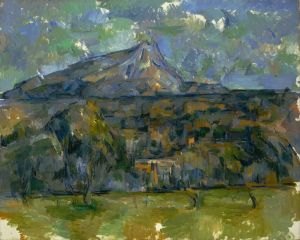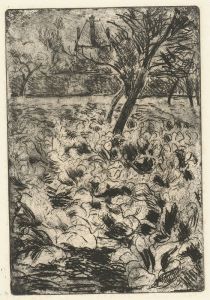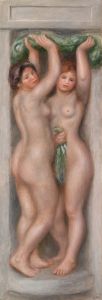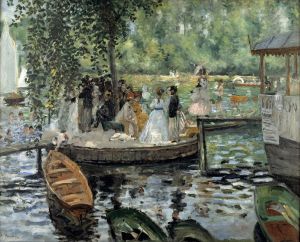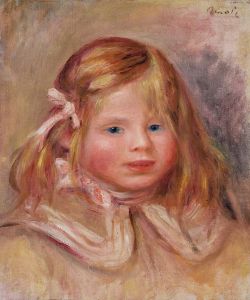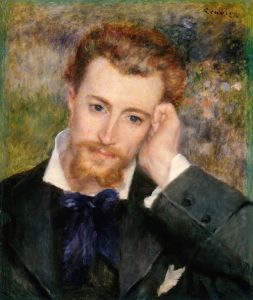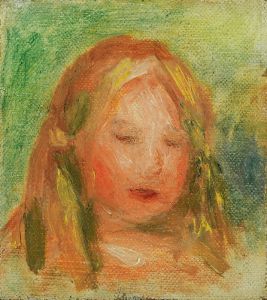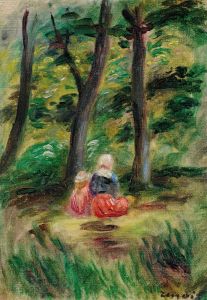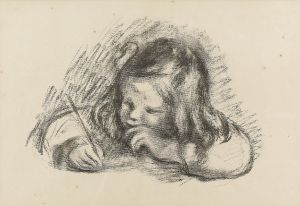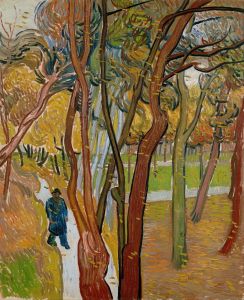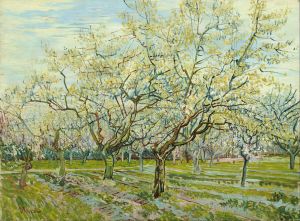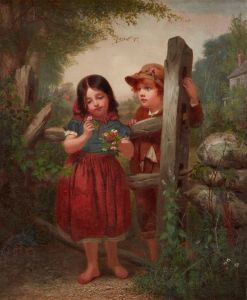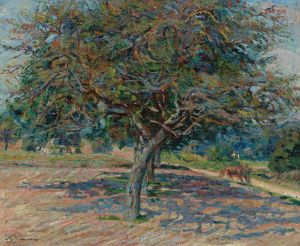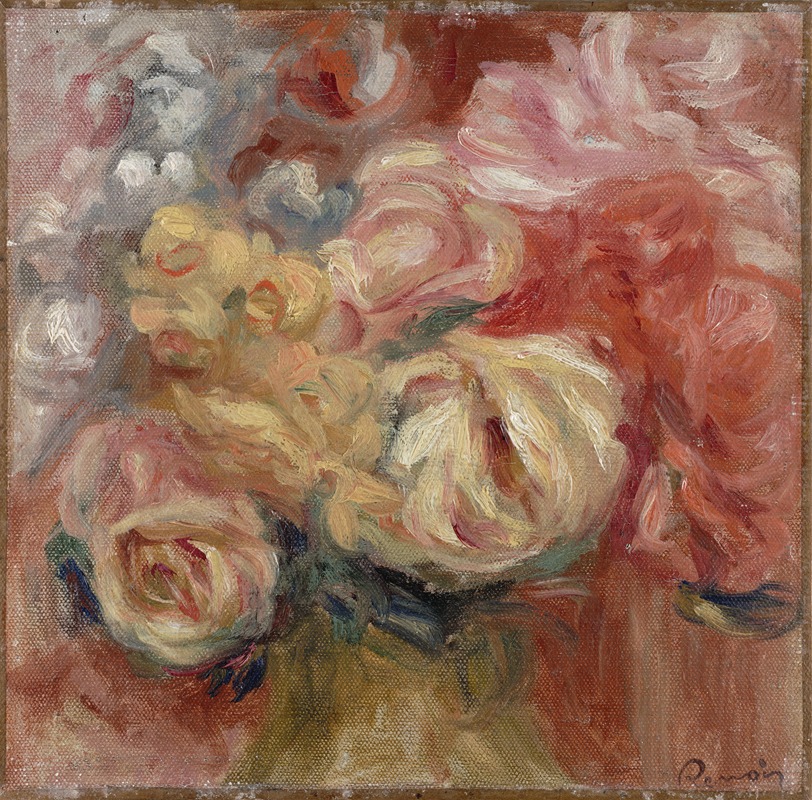
Flowers
A hand-painted replica of Pierre-Auguste Renoir’s masterpiece Flowers, meticulously crafted by professional artists to capture the true essence of the original. Each piece is created with museum-quality canvas and rare mineral pigments, carefully painted by experienced artists with delicate brushstrokes and rich, layered colors to perfectly recreate the texture of the original artwork. Unlike machine-printed reproductions, this hand-painted version brings the painting to life, infused with the artist’s emotions and skill in every stroke. Whether for personal collection or home decoration, it instantly elevates the artistic atmosphere of any space.
Pierre-Auguste Renoir, a prominent French artist and a leading figure in the Impressionist movement, is renowned for his vibrant light and saturated color, most often focusing on people in intimate and candid compositions. Among his extensive body of work, Renoir also explored the theme of still life, particularly flowers, which allowed him to experiment with color and form in a different context than his figure paintings.
"Flowers" by Pierre-Auguste Renoir is a notable example of his still life work, showcasing his ability to capture the delicate beauty and vivid colors of floral arrangements. Renoir's flower paintings often reflect his Impressionist style, characterized by loose brushwork and a focus on the effects of light. These works are celebrated for their ability to convey the freshness and transient beauty of flowers, capturing the essence of the blooms with a sense of immediacy and vitality.
Renoir's interest in painting flowers can be attributed to several factors. Firstly, flowers provided a perfect subject for exploring color and light, two elements central to the Impressionist movement. The variety of colors found in floral arrangements allowed Renoir to experiment with different hues and tones, creating compositions that are both harmonious and dynamic. Additionally, the ephemeral nature of flowers paralleled the Impressionist interest in capturing fleeting moments and the changing qualities of light.
In his flower paintings, Renoir often employed a soft focus, allowing the colors to blend into one another, creating a sense of movement and life. This technique also helped to emphasize the play of light on the petals and leaves, a hallmark of Impressionist painting. The backgrounds in these works are typically understated, ensuring that the viewer's attention remains on the vibrant colors and forms of the flowers themselves.
Renoir's "Flowers" paintings are not only appreciated for their aesthetic qualities but also for their technical mastery. His ability to manipulate paint to create texture and depth is evident in these works, where the thick application of paint often gives the flowers a tactile quality. This technique, known as impasto, adds a three-dimensional aspect to the paintings, enhancing the realism and presence of the floral subjects.
Throughout his career, Renoir painted numerous still lifes featuring flowers, each with its unique composition and color scheme. These works are scattered across various collections worldwide, including prominent museums and private collections. They continue to be studied and admired for their contribution to the Impressionist movement and their demonstration of Renoir's skill as a painter.
In summary, "Flowers" by Pierre-Auguste Renoir exemplifies the artist's ability to capture the beauty and vibrancy of nature through the lens of Impressionism. His flower paintings remain a testament to his mastery of color, light, and form, offering viewers a glimpse into the delicate and transient world of floral beauty.





